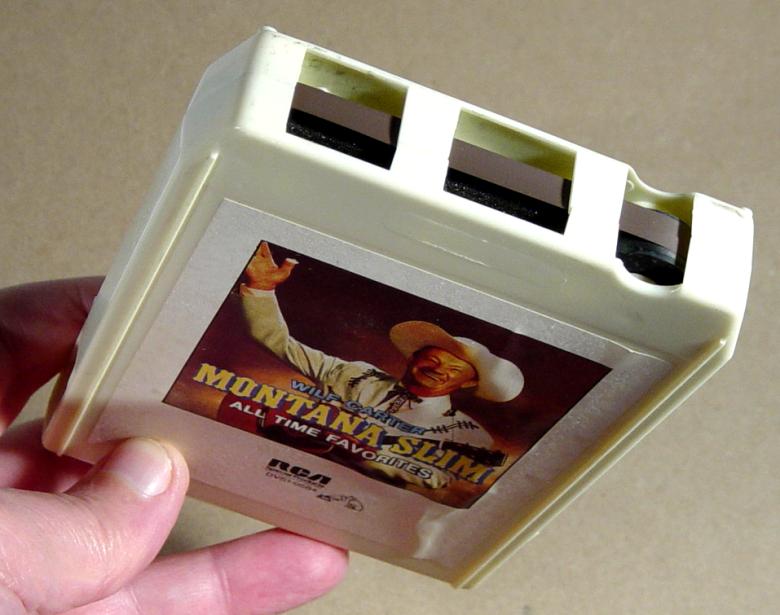
Posted on 01/06/2013 9:04:59 PM PST by LibWhacker
Most cultural institutions and research laboratories still rely on magnetic tape to archive their collections. Hitachi recently announced that it has developed a medium that can outlast not only this old-school format but also CDs, DVDs, hard drives and MP3s.
The electronics giant partnered with Kyoto University's Kiyotaka Miura to develop “semiperpetual” slivers of quartz glass that Hitachi says can preserve information for hundreds of millions of years with virtually no degradation.
The prototype is made of a square of quartz two centimeters wide and two millimeters thick. It houses four layers of dots that are created with a femtosecond laser, which produces extremely short pulses of light. The dots represent information in binary form, a standard that should be comprehensible even in the distant future and can be read with a basic optical microscope. Because the layers are embedded, surface erosion would not affect them.
The medium has a storage density slightly better than that of a CD. Additional layers could be added, which would increase the density. But the medium is more remarkable for its durability. It is waterproof and resistant to chemicals and weathering, and it was undamaged when exposed to 1,000-degree heat for two hours in a test. The results of that experiment led Hitachi to conclude that the quartz data could last hundreds of eons.
“If both readers and writers can be produced at a reasonable price, this has the potential to greatly change archival storage systems,” says Ethan Miller, director for the Center for Research in Intelligent Storage at the University of California, Santa Cruz. The medium could be ideal for safekeeping a civilization's most vital information, museum holdings or sacred texts. The question is whether the world as we know it would even last that long. “Pangaea broke up less than several hundred million years ago,” Miller adds. “Many quartz-based rocks from that time are now sand on our beaches—how would this quartz medium fare any differently?”
In before the Indiana Jones reference.
Fascinating.
Quartz lasts the test of time and it does sing.
OPI. Ping.
In before the Superman / Krypton reference.

It is of note that the entire data world we take for granted now falls back on the lowly quartz crystal for its piezoelectric quality’s.
A small bit of quartz stimulated with voltage sings and becomes a clock to clock all our digital data.
Lord your world is so wonderful.
Awesome! I’ll never lose my Jersey Shore episodes now!
CAIR and other Muslim apologists will be greatly displeased witth data storage on quartz. Muslims burned libraries everywhere they went, whenever they could.
Imagine a Goat F*cker, oops, Muslim trying to burn quartz.
;-)

Yes, but synthetic diamond is becoming more common. Relatively cheap 20X20X2 mm clear pieces are well within the realm of possibility before the end of the decade.

☺
As a (retired) chip-maker, I've often wondered if we should look for a form of sub-micron communications from previous or alien intelligent sources?
I contributed to the making of chips that are about to leave the solar system on the Voyager space craft. I wonder where they'll be 100 million years from now? Will someone find them one day?
SunkenCiv, want to get a SEM and begin doing some micro archaeology?
On The Moon!
Pow!
I just went to YouTube. He yodels too. You can keep your 8-trac though. I don’t want it.
2 mm thick, 120 mm Ø optically clear diamond is already on the market:
http://www.diamond-materials.com/EN/products/disks_films_membranes/disks.htm
Disclaimer: Opinions posted on Free Republic are those of the individual posters and do not necessarily represent the opinion of Free Republic or its management. All materials posted herein are protected by copyright law and the exemption for fair use of copyrighted works.